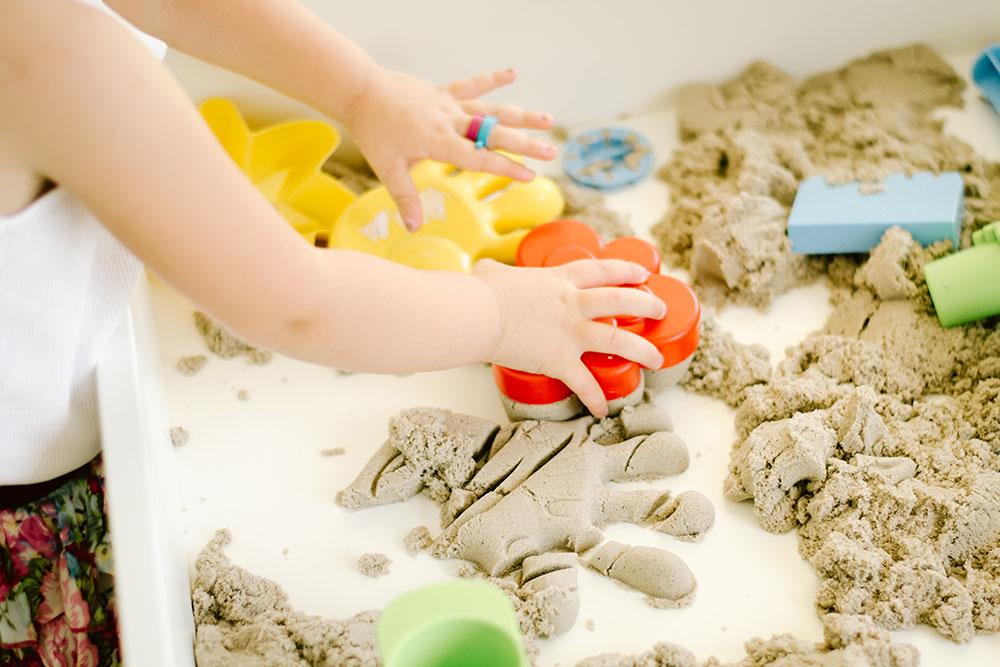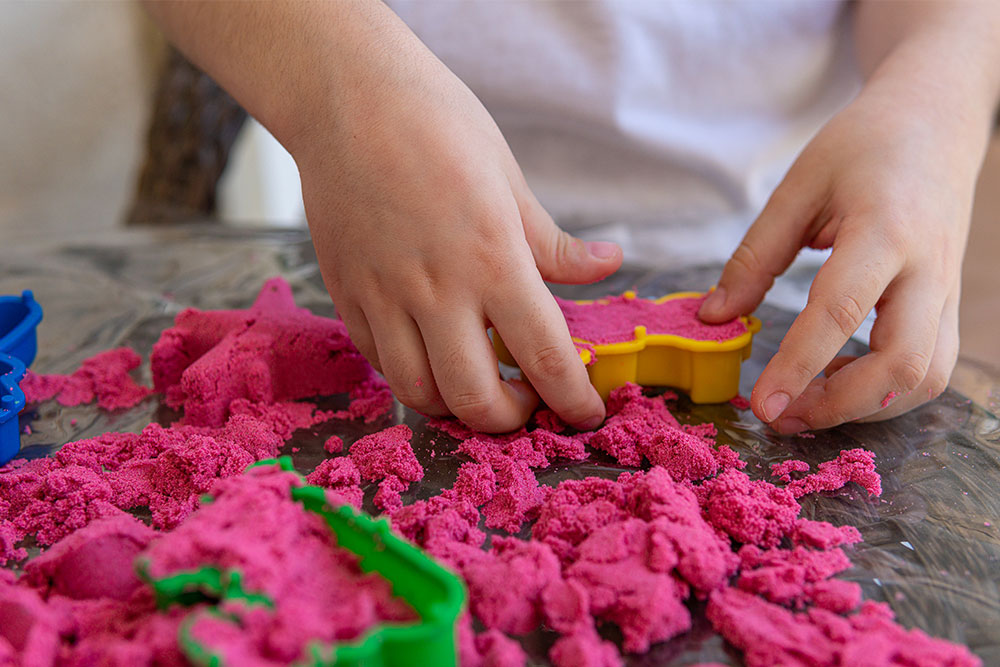
In the ever-evolving landscape of therapeutic practices, finding tools that engage clients on multiple sensory levels can significantly enhance the healing process. Enter sensory sand—a versatile, tactile medium that is transforming therapy sessions across various disciplines. From emotional expression to cognitive development, integrating sand into therapy offers a myriad of benefits. In this post, we’ll explore the therapeutic advantages of sensory sand and delve into innovative techniques therapists can employ to enrich their practice. For a deeper dive into how sensory sand can be specifically applied in occupational therapy, check out this insightful resource on Integrating Sensory Sand into Occupational Therapy Sessions.
Sensory sand, also known as kinetic or therapeutic sand, is a unique material designed to provide a soothing, tactile experience. Its fine texture and malleable nature make it an excellent tool for sensory integration, stress relief, and creative expression. Unlike traditional sand, sensory sand is non-drying and retains its shape, allowing for prolonged engagement without frustration.

Sand tray therapy is a well-established method where clients create scenes or symbols in a sandbox using miniature figures and objects. This technique allows individuals to externalize their inner thoughts and emotions, facilitating deeper self-exploration and understanding.
Mindful sand sculpting combines the principles of mindfulness with sand manipulation. This technique focuses on the process rather than the final product, encouraging clients to engage fully with the sensory experience.
Utilize sand to create structures that mirror cognitive challenges. For instance, building a bridge can symbolize overcoming obstacles, while constructing towers can represent personal growth and resilience.
For clients with sensory processing issues, integrating sand into therapy can aid in sensory regulation. Activities can be tailored to provide either calming or stimulating sensory input, depending on individual needs.
Using sand as a storytelling tool can help clients build and share their narratives. This is particularly effective for individuals who find it easier to communicate through visual and tactile means.

A child struggling with anxiety was introduced to mindful sand sculpting. Through regular sessions, the child learned to channel their nervous energy into creating intricate sand patterns. Over time, this practice not only reduced anxiety levels but also improved the child’s ability to focus and express emotions constructively.
An adult survivor of trauma found it challenging to verbalize their experiences. Through sand tray therapy, they were able to create symbolic representations of their trauma in a safe and controlled environment. This graphical expression provided a pathway for discussing and processing difficult emotions, significantly aiding their recovery journey.
Individuals recovering from hand injuries benefited from activities designed to enhance fine motor skills using sensory sand. Building structures and manipulating sand helped patients regain dexterity and confidence, accelerating their overall rehabilitation progress.

Sensory sand is a sand-sational addition to the therapeutic toolkit, offering a unique blend of tactile engagement, emotional expression, and cognitive stimulation. By integrating innovative sand-based techniques into therapy sessions, professionals can create enriching experiences that support clients’ emotional and cognitive well-being. Whether through mindful sculpting, sand tray therapy, or sensory integration exercises, the versatility of sensory sand opens up new avenues for healing and personal growth.
To enhance your practice with high-quality sensory sand, consider exploring the options available in Explore Our Magic Sand, where you’ll find a variety of textures and quantities tailored to meet the diverse needs of therapeutic settings.
Embrace the transformative potential of sand in your practice and watch as your clients build not just sandcastles, but also stronger foundations for their mental and emotional health.
For creative resources and high-quality sensory sand options, visit MagicSandFactory.com to discover how sensory sand can elevate your therapeutic sessions and support the diverse needs of your clients.
For any questions or quotes about our Sensory Sands!